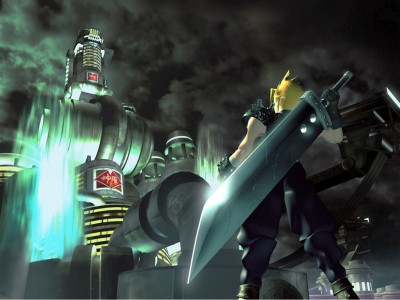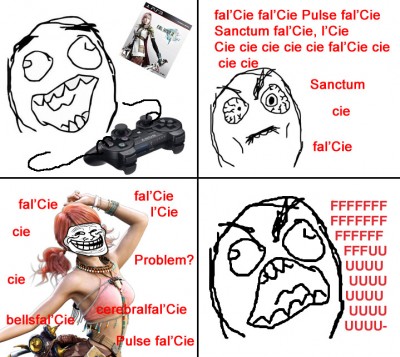5 Ways to Top Final Fantasy VII

Recently, Square Enix CEO Yoichi Wada caused a bit of controversy by openly admitting that the Final Fantasy franchise had failed to perform in recent years, having yet to top the seventh entry in the series — Final Fantasy VII. As Wada explained, it’s for this very reason that they’ve yet to remake it, despite countless requests from gamers. In truth, topping the game might be a bit much to ask. It came during a pivotal time in the industry. The game marked a change in physical mediums, and was the first Final Fantasy to feature 3D graphics. By virtue of those facts, the game will forever be credited as having broken new ground.
In addition, Final Fantasy VII also introduce a whole new generation to Japanese RPGs. I knew many PC gamers who had yet to own a console before Sony’s PlayStation hit the scene and while they had grown up with games like Ultima and Might & Magic, they had never experienced story-telling and visuals on that scale. At the time, the inclusion of cut-scenes, which now seems archaic for removing the sense of immersion, was actually considered a breakthrough.
In fact, if we really take a moment to look at the game, there are a few features and gameplay elements that gamers today would find incredibly annoying. Save points, multiple discs, and copious amounts of cut-scenes aside however, the strengths easily outweigh those gripes.
So how could Square Enix hope to top it? It’s simple, really. Play off the strengths.
1. Script — Don’t over think the story. Keep the plot simple enough to follow, and let the crowd draw their own conclusions. I can’t stress this enough — confusing your audience with pointless plot twists will lose them early on. Likewise, if your script is hard to follow, and features numerous individuals, groups, and locations with similar names, people will have trouble following them. Final Fantasy XIII is a prime example of this.

2. Connecting with the audience — Keep it real. Okay, not literally, but a glimmer of realism will help an audience connect with the story. Final Fantasy VII had plenty of fantasy elements, but it also gave us real conflicts and strived to make you feel one way or another about the individuals involved throughout. Some of the games themes, like the exploitation of the environment, can be seen as a real-world plight.
3. Design — Know when to stop. It’s easy to over-design your world or its characters, and just as easy to under-design them, but there is always a middle ground. Knowing where that is could be the key. If you look at games like Final Fantasy VI and VII, or even Final Fantasy Tactics where the characters weren’t too elaborate, and then Final Fantasy X where everyone had an over-the-top design, it might be easy to see why many western gamers were turned off. Ironically, the simplistic designs featured in Final Fantasy VII were done so out of necessity rather than by choice. The low polygon count helped to keep the designs under control. Perhaps that limitation was a fortunate one.

4. Battle systems — If it ain’t broke, don’t fix it. Final Fantasy‘s battle system has gone through so many iterations that it’s becoming a bit of a joke. At this point, the game practically plays itself and while it’s true that menu based combat has always been automated to some extent, where there was once depth, there’s now “auto-battle” and “paradigm shifts.” Where there was once experience and exciting new limit breaks, there’s “HP sphere +4.” While I’m sure some people enjoy a more cinematic experience during their active-time battles, there’s no harm in adopting a classic approach that has been proven to work time and time again — or at least providing a real choice beyond slapping menus on the screen as if they’d make a difference by being there.
5. Open the world. I can’t remember the last Final Fantasy with a truly open world. One where you could travel from one end to the other, from one dazzling location to the next without having to go through a series of menus. Where Final Fantasy VII — and in fact, every entry before it — truly succeeded was in creating a sense of scale without limits. There ultimately is a limit, of course. You can only have so much world to travel, but that’s not the point. It really seemed endless and that’s what matters. Creating that illusion keeps us immersed far more than the cinematic battles. Having that overworld, and later gaining access to methods of travel to expedite it made even random encounters seem tolerable.
So there you have it, that’s my simple list of ways, or more like suggestions really, to top Final Fantasy VII. I’m sure there are other ways to improve upon the game, and surely topping the visuals, or audio could be done with today’s technology, but I think I touched on those intangibles that really made Final Fantasy VII so successful. If you can think of any others, feel free to speak up.














